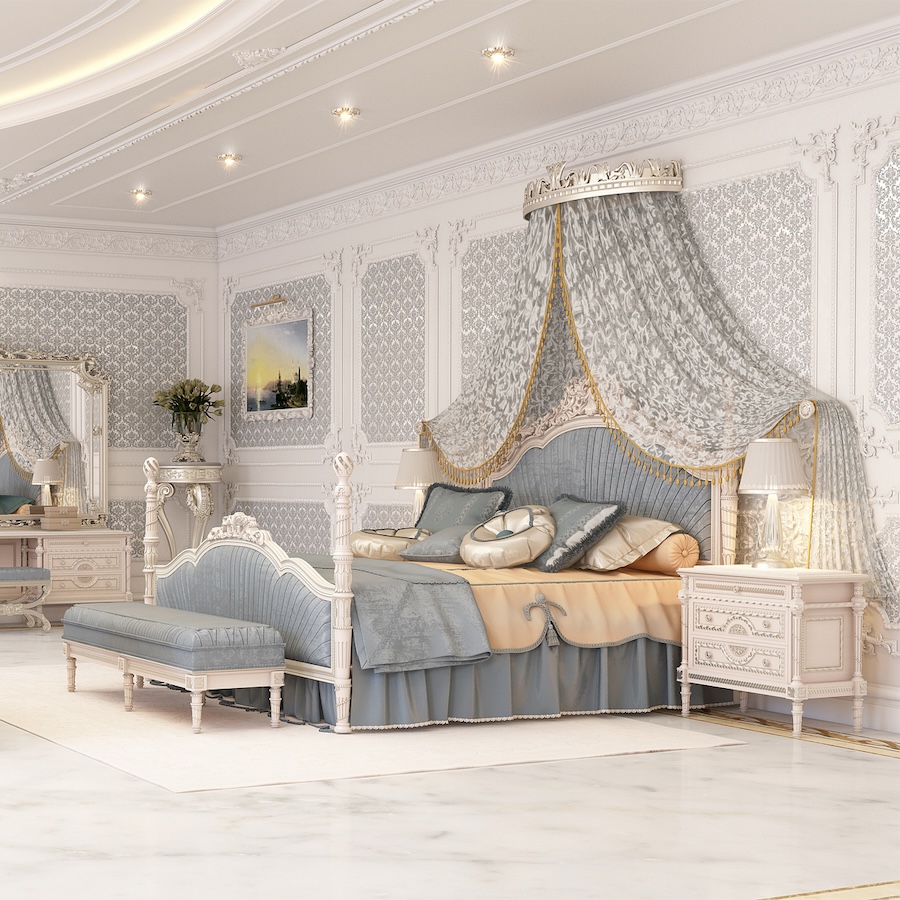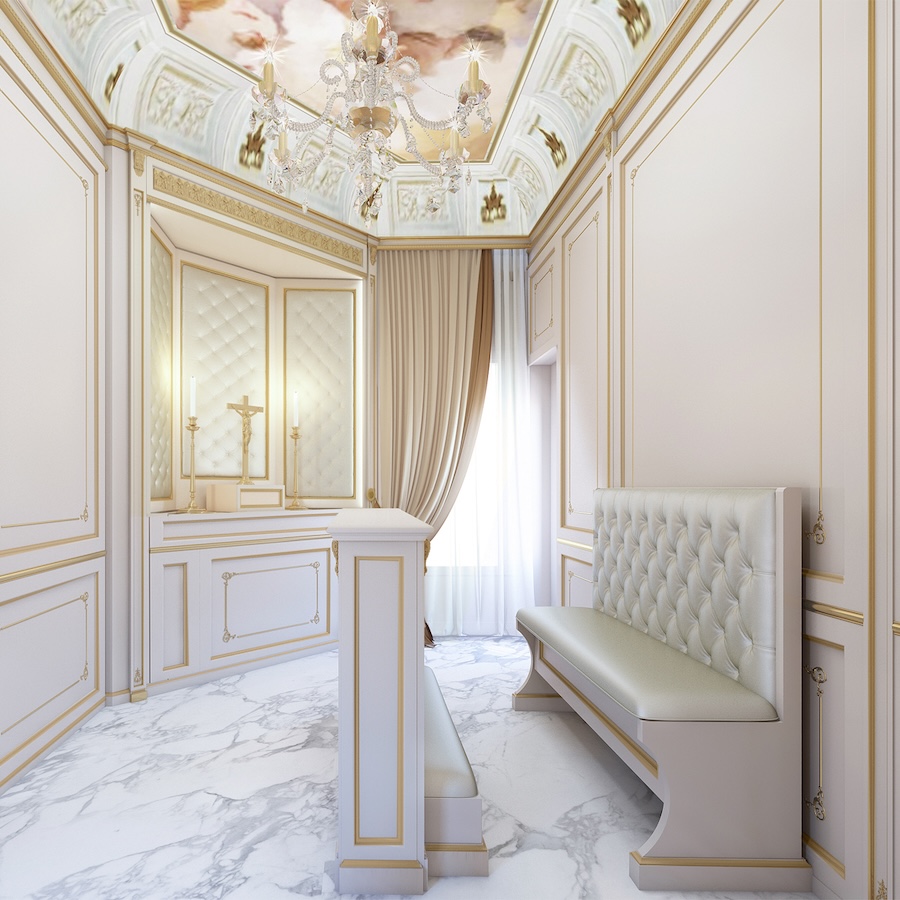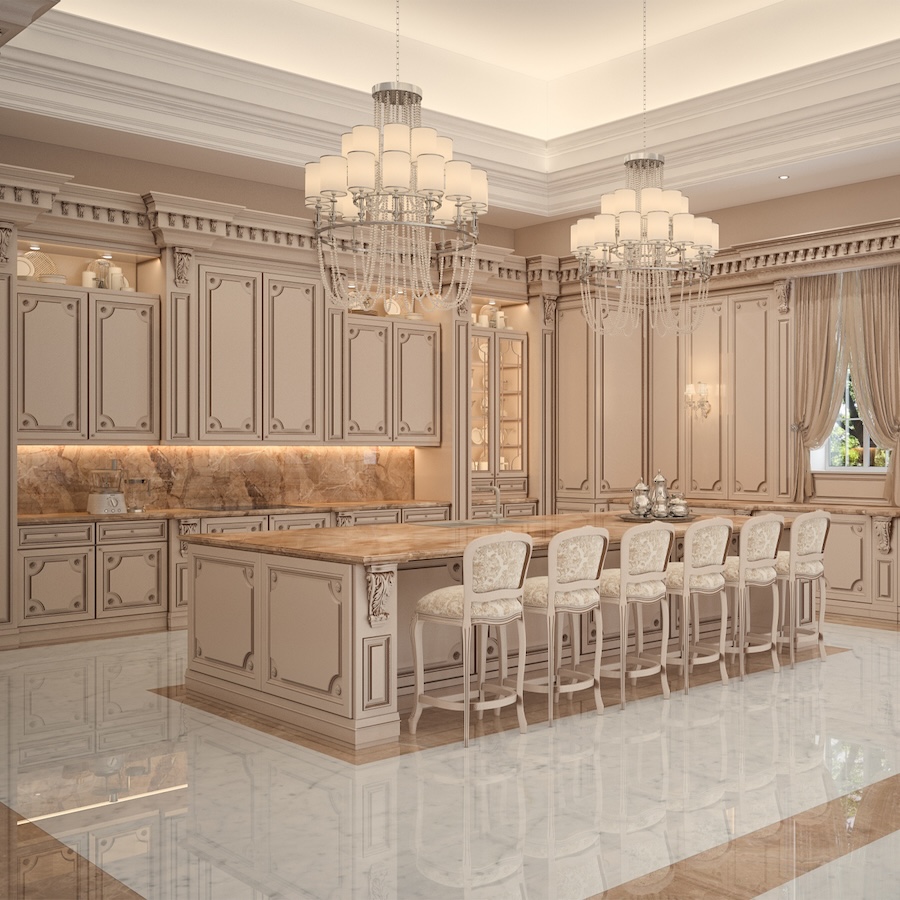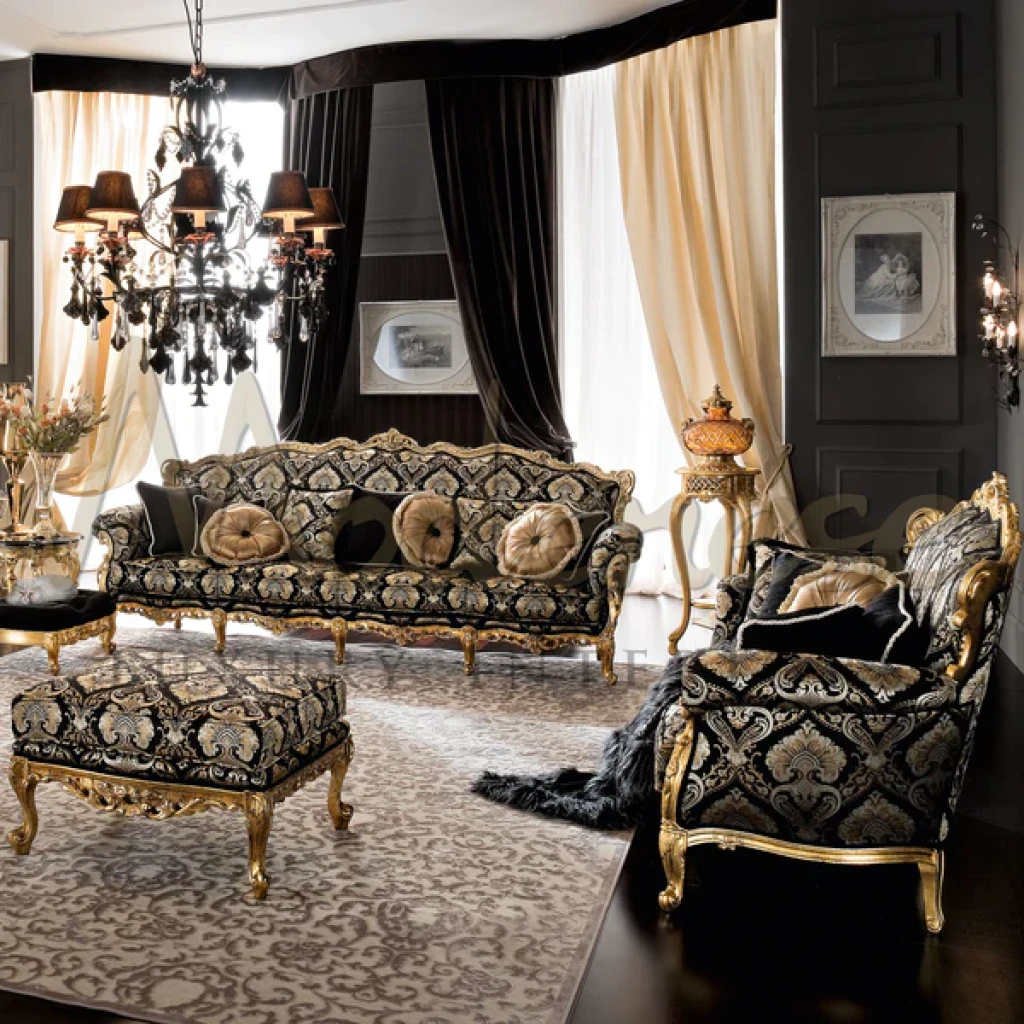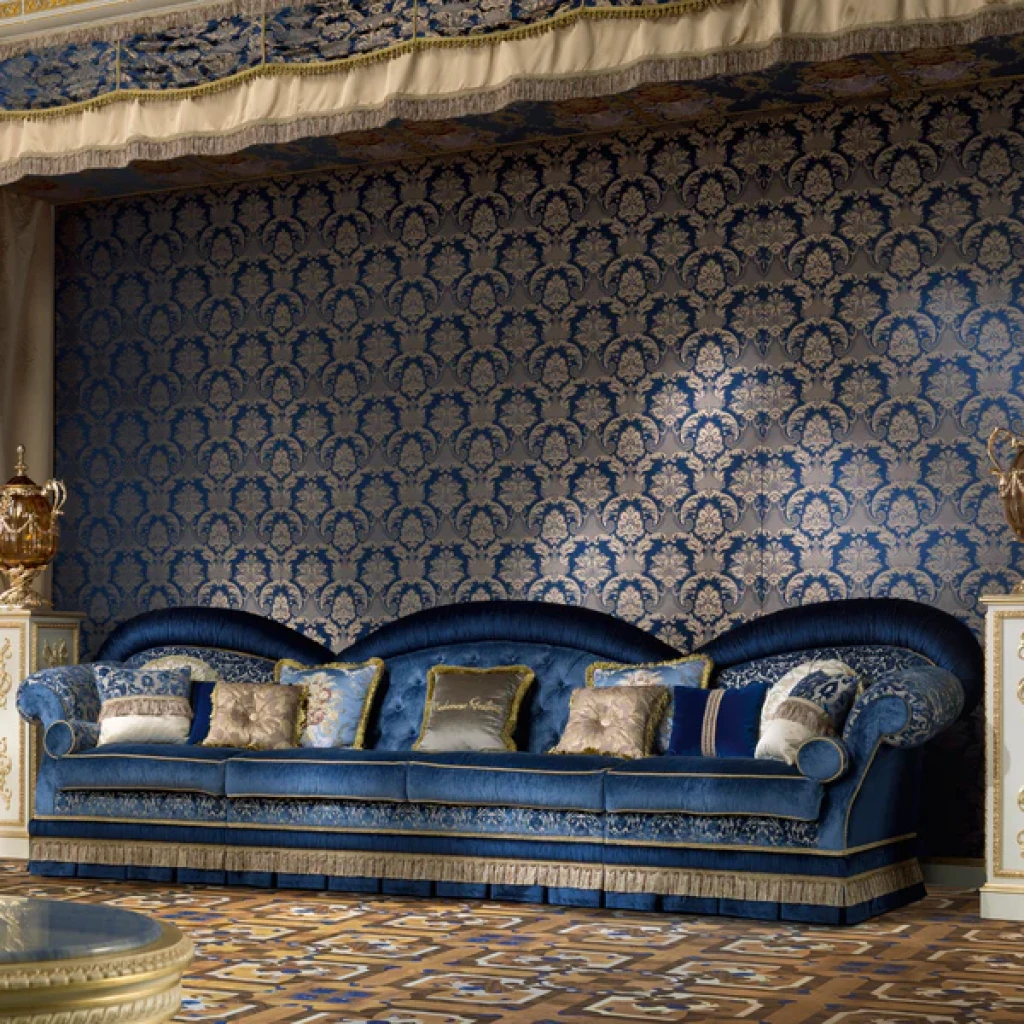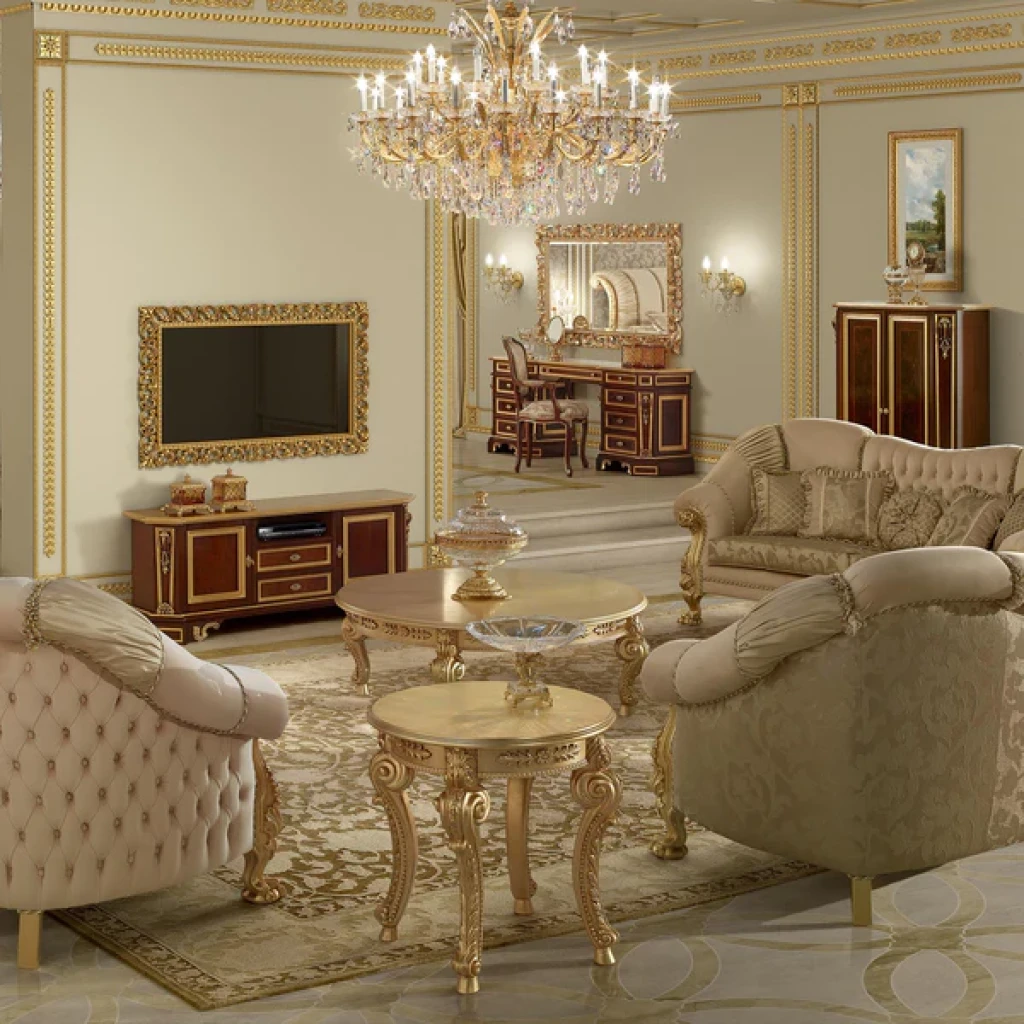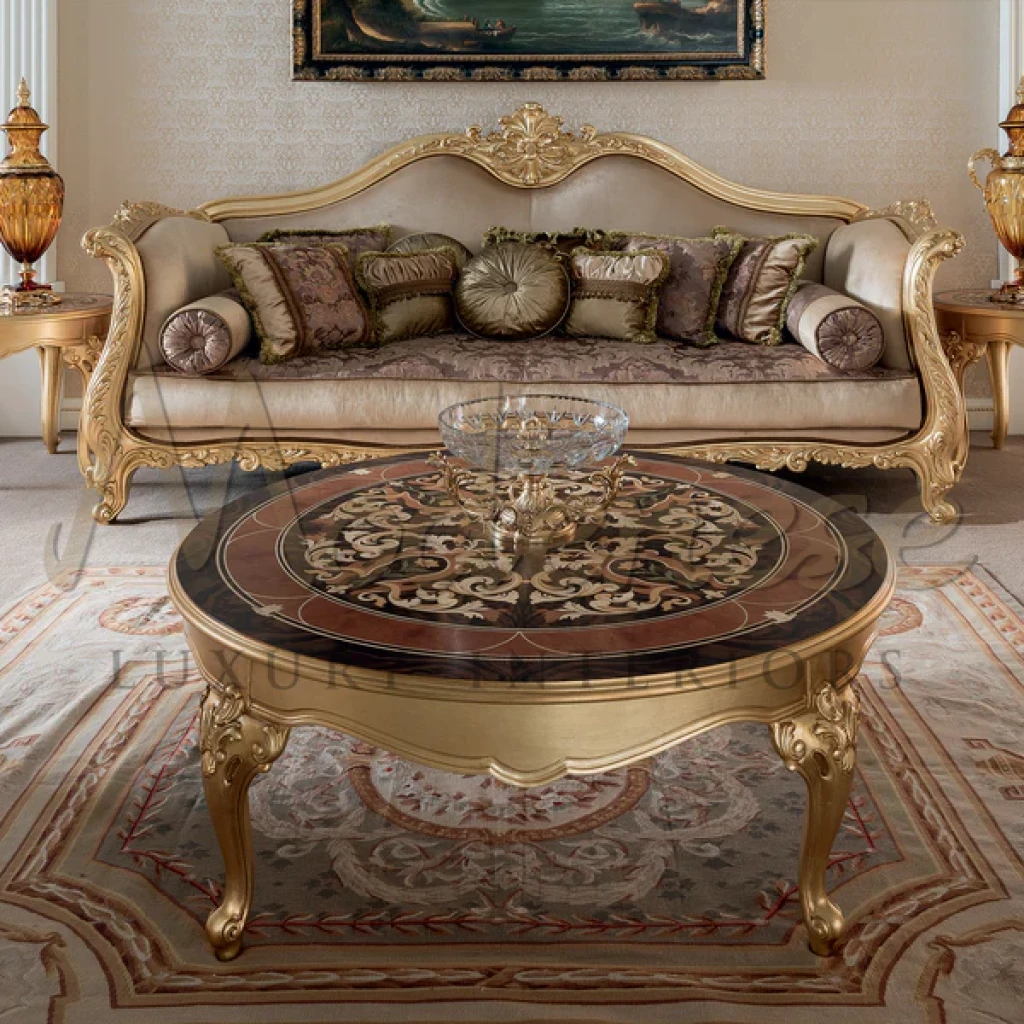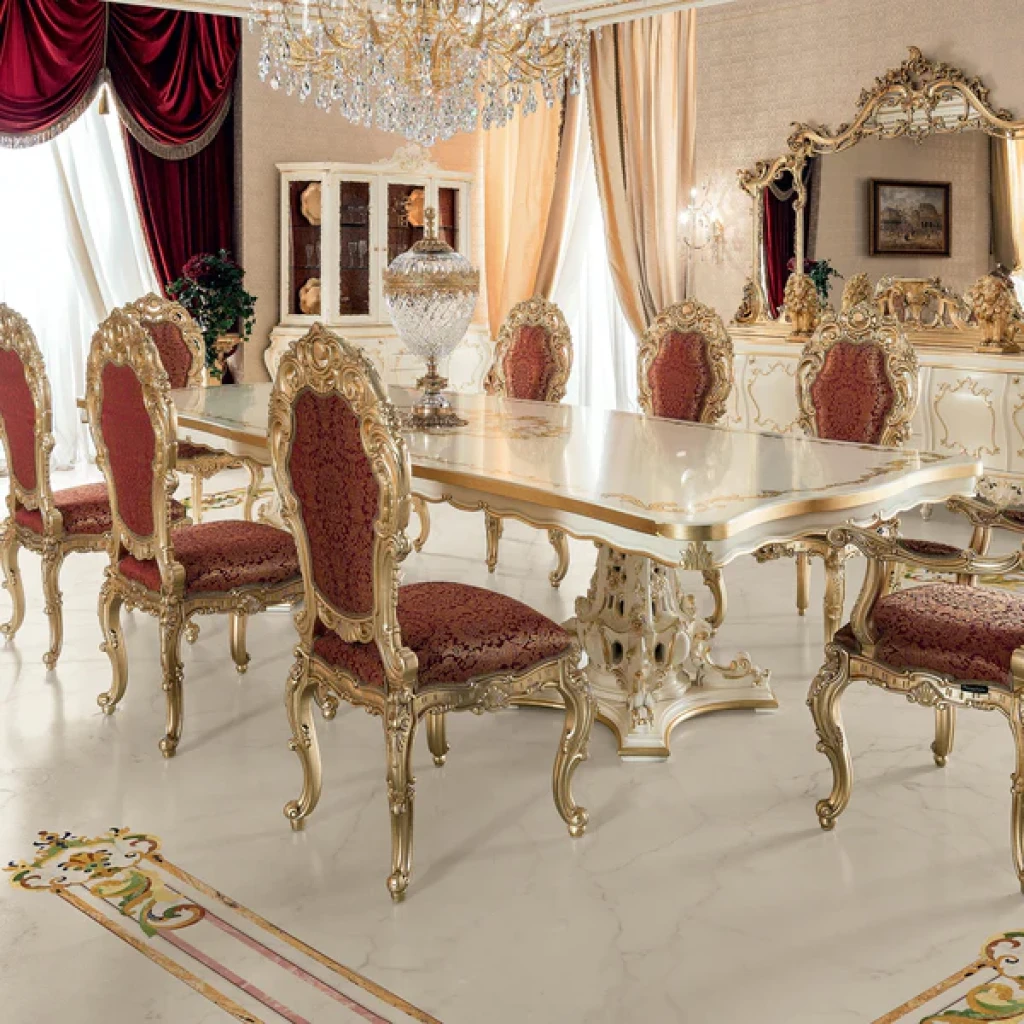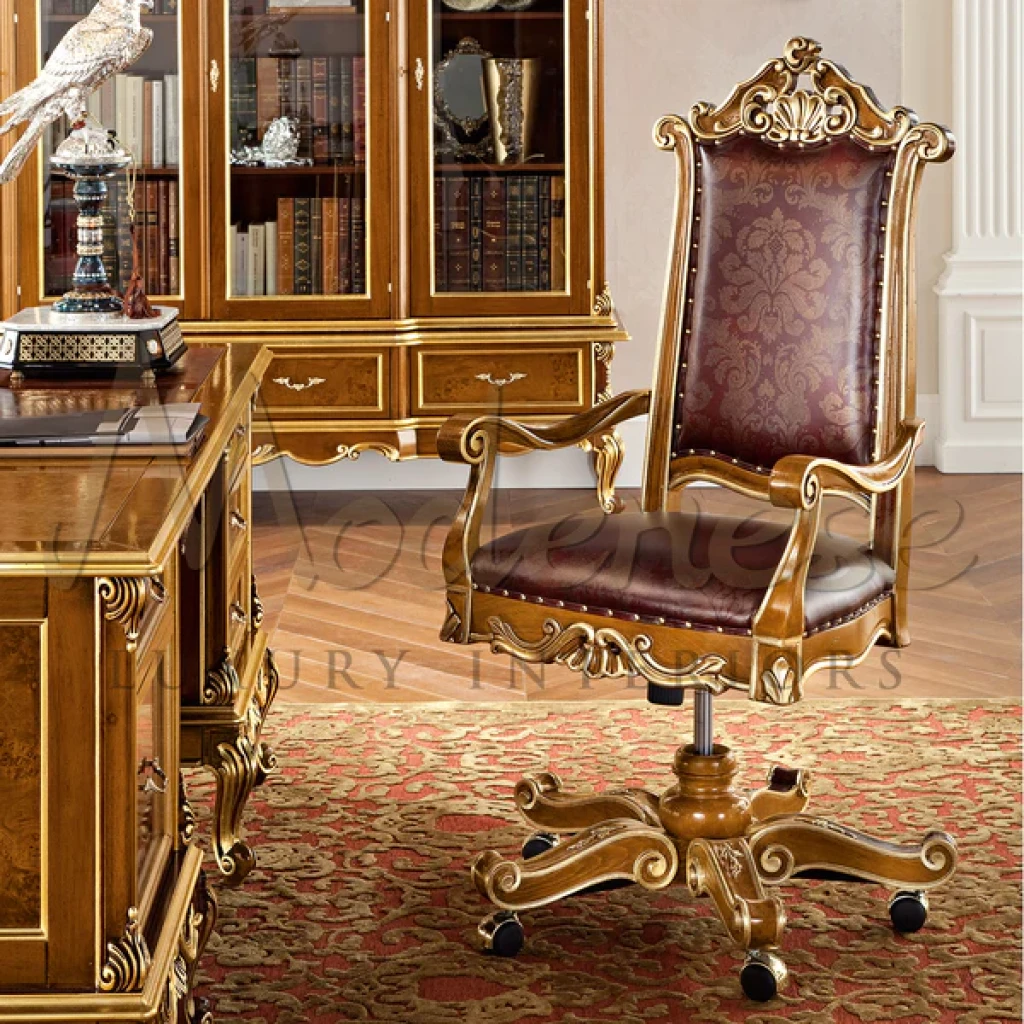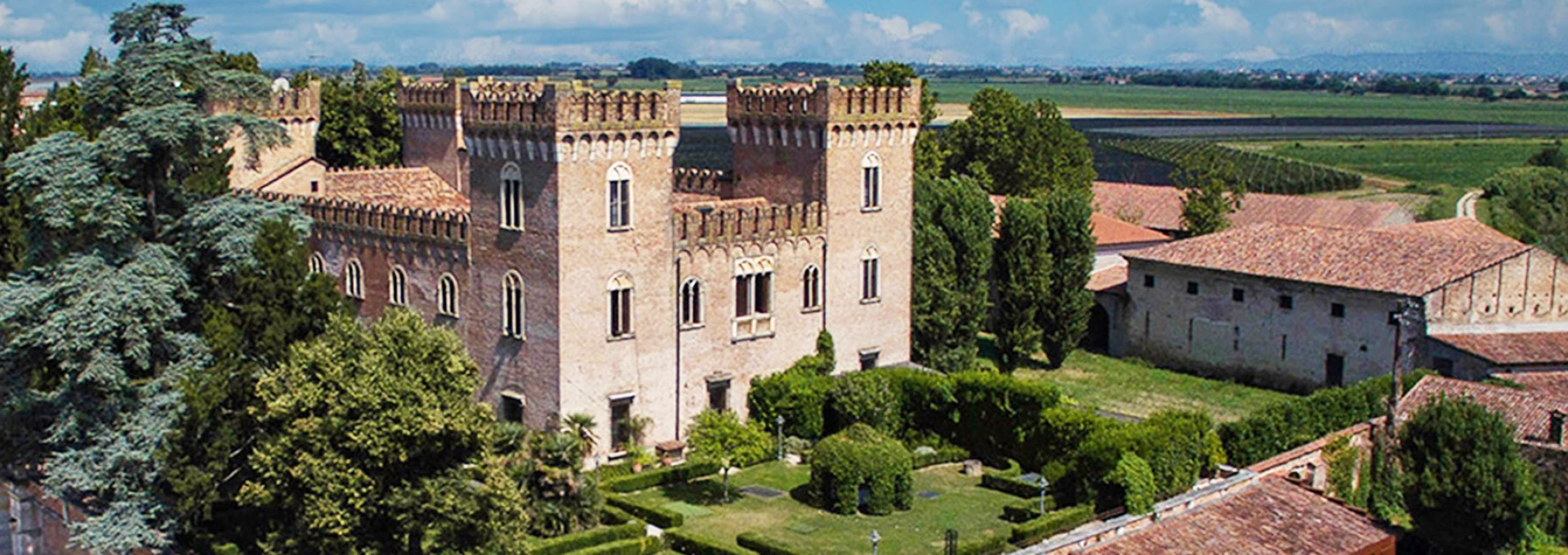
A Comprehensive Guide to Castle Interior
08/01/2023
Castles have always fascinated us with their grandeur, history, and mysterious allure. From fairy tales to historical epics, these majestic structures capture our imagination. But have you ever wondered what it's like inside one? Let us take you through a virtual tour to explore the various elements that make up the interior of a castle, from the grand halls to the cozy chambers.
The Grand Entrance Hall
As you step through the massive wooden doors, often reinforced with iron, you find yourself in the grand entrance hall. This space is designed to impress visitors right from the start. High ceilings, often adorned with wooden beams or intricate stonework, create a sense of awe. Large chandeliers, typically made of wrought iron or brass, hang from the ceiling, illuminating the hall with a warm, inviting glow.
The floor is usually made of stone or tiles, sometimes featuring elaborate mosaics or heraldic symbols of the family that owns the castle. Tapestries depicting historical events or family legends adorn the walls, adding color and warmth to the stone surroundings. These tapestries also serve a practical purpose, helping to insulate the hall and keep the cold out.
The Great Hall
Next, we move to the heart of the castle: the Great Hall. This is where the lord and lady of the castle would entertain guests, hold banquets, and conduct important meetings. The Great Hall is typically a large, open space with a high, vaulted ceiling. A massive fireplace at one end provides warmth and serves as a focal point for the room.
Long wooden tables and benches are arranged for dining, and during feasts, these tables would be laden with food, drink, and decorations. The walls are often decorated with more tapestries, hunting trophies, and family crests. Suits of armor might stand guard along the walls, adding to the sense of grandeur and history.
The Solar
The solar is a more private area of the castle, usually located on an upper floor. This was the family’s private living space, where they could relax away from the formalities of the Great Hall. The solar was often a cozy room, furnished with comfortable chairs, cushions, and sometimes even a fireplace.
Windows in the solar were usually larger than those in other parts of the castle, allowing for more natural light. These windows were often adorned with stained glass, casting colorful patterns on the stone floors. The solar was also a place for the ladies of the castle to engage in activities like embroidery, reading, and music.
The Bedrooms
Castle bedrooms, or bedchambers, were designed for comfort and privacy. The lord and lady’s chamber was often the most luxurious, with a large four-poster bed draped in rich fabrics like velvet and silk. These beds were not just for sleeping; they also provided warmth, as the heavy curtains could be drawn to keep out drafts.
The walls of the bedchamber might be covered in tapestries or painted with decorative scenes. A fireplace provided warmth, and thick rugs covered the cold stone floors. Furniture in the bedchamber included chests for storing clothing and personal items, as well as small tables and chairs.
The Chapel
Many castles had a private chapel where the family and their guests could attend religious services. The chapel was often a small, beautifully decorated room, with an altar at one end. Stained glass windows depicted religious scenes, casting a serene light over the space.
The chapel might also contain carved wooden pews, an ornate altar, and religious relics. This space was important not only for daily prayers but also for significant family events like weddings, christenings, and funerals.
The Kitchen
The kitchen of a castle was a bustling hub of activity, often located in the lower levels or a separate building to reduce the risk of fire. Large fireplaces or ovens were used for cooking, and the kitchen was filled with the aromas of roasting meats, baking bread, and simmering stews.
Long wooden tables provided space for food preparation, and shelves were lined with pots, pans, and other cooking utensils. The kitchen staff worked hard to prepare meals for the entire household, especially during feasts and celebrations.
The Dungeon
Not all parts of a castle were glamorous. The dungeon, usually located in the deepest, darkest part of the castle, was used for imprisoning enemies or criminals. These gloomy, damp cells were often small and uncomfortable, with little light or ventilation.
The Courtyard
Lastly, the courtyard is an open space within the castle walls, providing a central area for various activities. It might contain stables, workshops, and storage buildings. The courtyard was also a place for training soldiers, hosting tournaments, and holding markets.
Conclusion
Exploring the interior of a castle reveals a fascinating blend of beauty, functionality, and history. From the grandeur of the Great Hall to the cozy comfort of the solar, each room tells a story of its own. These castles were not just fortresses but also homes filled with life, love, and a touch of magic. So, next time you imagine a castle, remember the vibrant, bustling world that existed within its walls.
Related News
Contact Us
Kindly provide your contact information below, and our dedicated sales team will promptly connect with you to address any inquiries.




